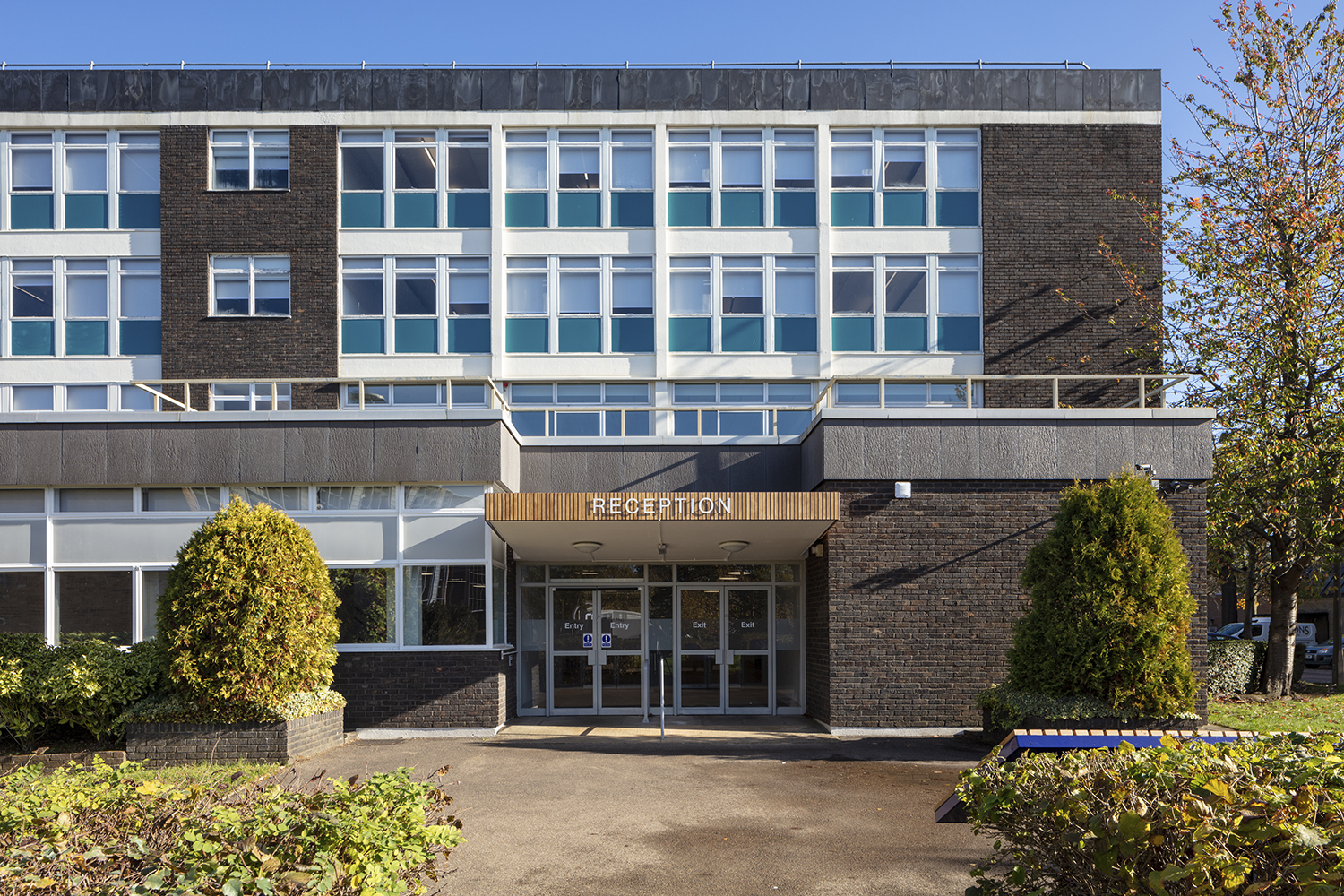We love revisiting buildings. Who doesn’t? Those weathered boards, that clever extension, the reality of bikes and bins and breakout spaces – it’s the stuff of life. While they’re standing (and we hope it’s for a long time) buildings aren’t ever really finished. Fundamental to architecture is how people use buildings and feel about them. There are important questions, too, about how structures stand up to scrutiny and can adapt for the future.
So it has been fascinating to see what’s worked (and what’s been less successful) in our special series of revisits this month. Central to this has been the honesty and support of architects who have shared personal learnings from, and memories of, stand-out projects which have stood the test of time. Our thanks to them. Many of the projects we have featured were significant firsts – for communities, for sites and for sustainable approaches.
A taster: Feilden Clegg Bradley Studios’ Ron Nkomba talks candidly about the reality of revisiting and retrofitting an office building Feilden Clegg Bradley Studios designed nearly 30 years ago for BRE – from how to best repurpose carpet tiles to the reality of using material passports. Over the decades there’s been a move from cellular to open-plan working and now, with the adoption of hybrid working, there’s a whole new approach to take on board. Testing is ongoing, as it should be, but Nkomba’s point about good design will resonate for all: if you get the basics right, then a building should be able to accommodate changes for years to come.
Advertisement
It is in sharing such hard-won knowledge that the profession and our buildings will improve. Architects bring so much to complex problems: from questioning the brief, to thinking holistically, to finding solutions. This learning can’t exist in a silo. And it can’t exist without bringing the next generation of architects on, through adequate pay and development – which Gino Spocchia has explored so compellingly in his feature on whether you can still afford to be an architect.
Throughout 2022 and its global challenges, it has been a privilege to share and learn from your projects, approaches and insight. Thank you for your support: we look forward to encouraging, informing and challenging you through next year and beyond. For now, we wish you a very Merry Christmas and a happy and peaceful New Year.
 The Architects’ Journal Architecture News & Buildings
The Architects’ Journal Architecture News & Buildings

Leave a comment
or a new account to join the discussion.